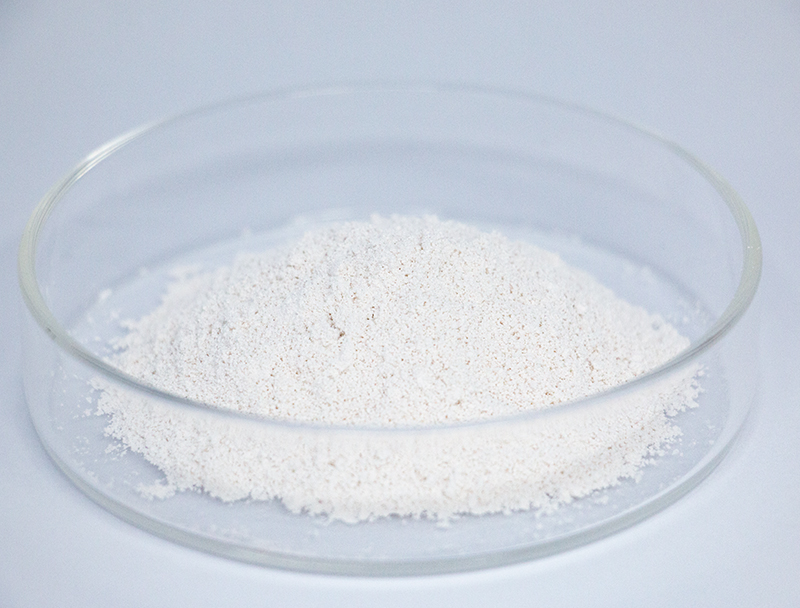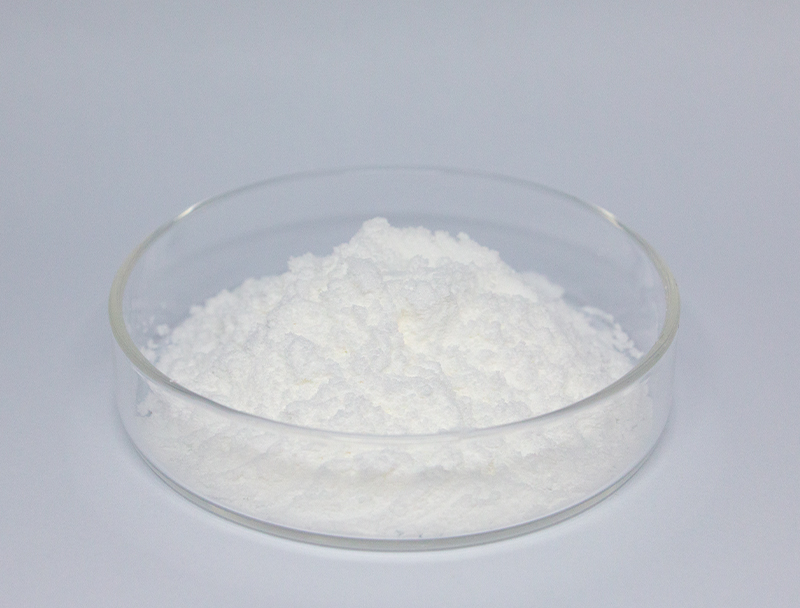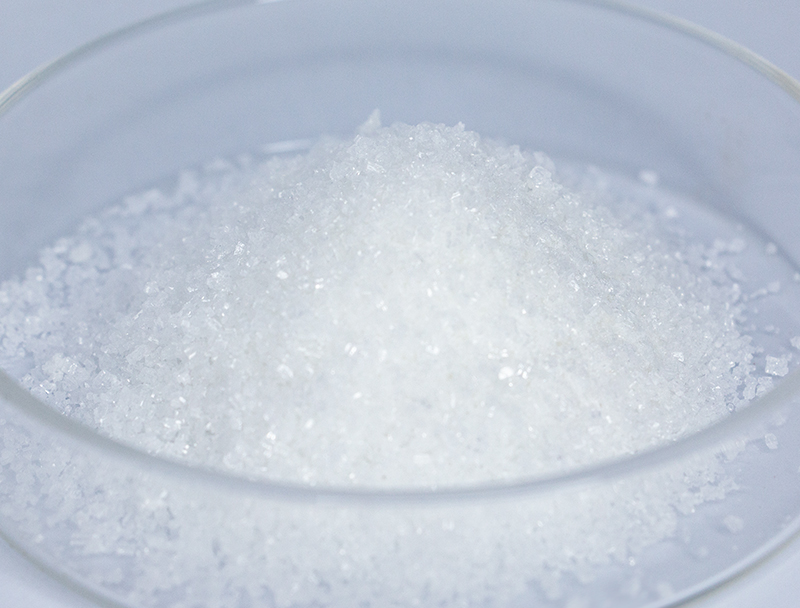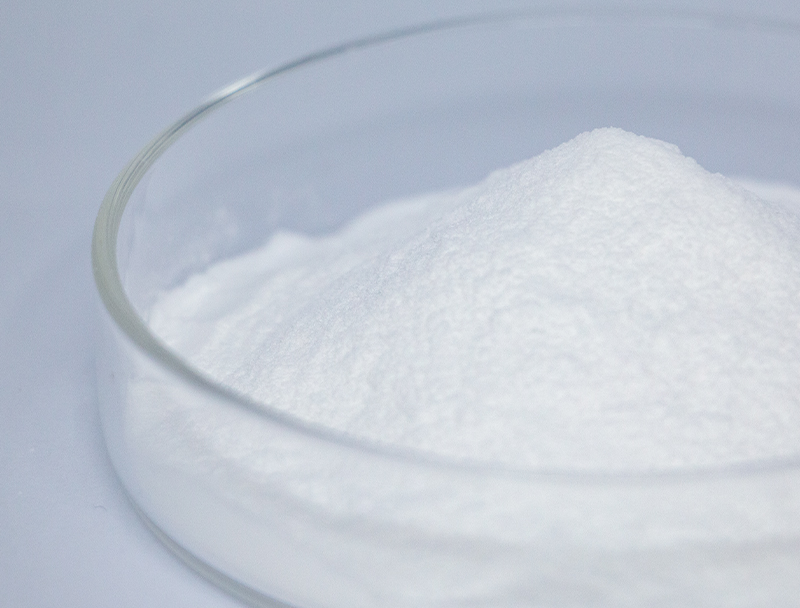
Biomanufacturing relies heavily on a wide assortment of base components to manufacture advanced biological products.
Maintaining long-term supply of raw inputs is indispensable to sustainable success and conscientious scaling.
multiple challenges associated with traditional raw material procurement for instance pollution and systematic depletion of reserves. Consequently, biotech firms need proactively to adopt sustainable procurement approaches to reduce environmental impact.
- Representations of ethical supply approaches are:
- Integrating compostable agricultural waste into supply chains
- Applying zero-waste frameworks to limit waste and optimize resource use
- Connecting with nearby vendors prioritizing responsible supply
Embracing sustainable procurement produces environmental benefits with profitable potential.
Refining Biomass Sources to Enhance Fuel Conversion
Optimizing biofuel yields depends strongly on feedstock quality and makeup. Investigators regularly test new routes to upgrade biomass inputs, facilitating elevated yields and a renewable energy transition. Initiatives integrate bioengineering to scale biomass production and pretreatment workflows to free fermentable sugars.
- Also, studies emphasize discovering resources such as seaweed, organic waste, and residual straw to diversify sustainable feedstock supplies for fuels.
- Via sustained research the industry stands ready to accomplish considerable improvements that enable a greener energy transition.

Optimizing Early-Stage Biomanufacturing Processes
embraces initial workflow stages from growth to harvesting Recent advances in this domain have led to improved production processes, ultimately increasing product yield.
Notable improvements feature new expression systems, refined media recipes, and automated reactor platforms. These strategies improve manufacturing efficiency and lessen cost and ecological effects.
- In addition, momentum toward nonstop processing offers improved flexibility and optimized operational flow.
- The progression to advanced biomanufacturing approaches should modernize the field and quicken therapeutic progress.

Next-Gen Gene Editing for Enhanced Protein Expression
advances in genomic editing tools including CRISPR have transformed therapeutic manufacturing. Using precise gene interventions, engineers raise the output of key therapeutic proteins. The strategy paves the way toward accessible, high-yield therapeutics across disease spectra.
Applying Microbial Tools to Improve Environmental Remediation
advanced microbe-driven remediation methods to treat contaminated sites sustainably. Microorganisms possess the remarkable ability to degrade and transform harmful pollutants into less toxic substances.. Applying microbial remediation systems creates low-impact cleanup options that address contamination efficiently.. Scientists evaluate varied microbes for potential to remediate metal contaminants, pesticide compounds, and oil-derived pollutants.. Microbial strains work in bioreactor settings or on-site applications to convert pollutants through biological pathways..
Biotechnology-driven remediation delivers notable upsides compared to conventional cleanup tactics. Microbe-driven cleanup typically costs less and generates fewer dangerous byproducts. Similarly, microbe-based remediation affords specificity that avoids extensive ecosystem disturbance. The field is rapidly refining methods to make microbial remediation more efficient and broadly effective.
Data-Driven Approaches for Therapeutic Development
Bioinformatics techniques are integral to present-day therapeutic development workflows. From target selection to safety profiling, bioinformatics empowers rapid, data-informed therapeutic design.
- By parsing huge omics and clinical databases, bioinformaticians detect targets and estimate therapeutic responses.
- Likewise, computational docking and dynamics help design molecules with improved target engagement and potency.
- In conclusion, computational biology reshapes discovery pipelines and speeds delivery of reliable treatments for patients.
Pathway Engineering for Greater Bioproduct Yields
applies assorted techniques to boost microbial synthesis of valuable compounds. Strategies involve pathway refactoring by genetic modification, expression modulation for balanced flux, and grafting of novel genes to add capacity.. With precise metabolic tuning scientists can greatly enhance yields of desired compounds.
This comprehensive strategy could transform numerous sectors such as pharmaceuticals, farming, and renewable energy.

Upscaling Biopharma: Obstacles and Potential Gains
Commercializing biopharma production involves significant constraints and promising benefits. A primary obstacle is ensuring uniform quality control as volumes rise. Meeting the need calls for dependable control systems, granular monitoring, and cutting-edge analytical methods.

Also challenging is the layered complexity of biomanufacturing encompassing numerous sequential steps.. Refining processes for commercial volumes demands deep R&D investment and novel engineering solutions.. Nonetheless, the advantages can be major. Successful scaling up can lead to increased access of life-saving therapies, reduced production costs, and enhanced profitability.
Different initiatives are progressing to solve scale-up constraints. Examples include novel optimization technologies, predictive analytics for real-time control, and inventive production models.
- Technology development efforts underpin advances in production capability.
- Authorities are revising processes to enable faster clearance of manufacturing innovations and encourage progress.
Mapping the Compliance Environment for Safe Therapeutic Development
Manufacturing biopharmaceuticals entails detailed regulatory processes to copyright safety and clinical performance. Biologic therapeutics bring unique regulatory and manufacturing demands unlike traditional pharmaceuticals.
Institutions such as the U.S. FDA and European EMA lead in formulating regulations and benchmarks for biologic approvals..
Stringent experimental and surveillance testing occurs across the entire development-to-market continuum. Such safeguards are intended to detect hazards and ensure therapeutics adhere to top-tier safety benchmarks..
Furthermore, regulatory bodies are constantly evolving their approaches to keep pace with the rapid advancements in biopharmaceutical research.. Programs embrace modern technologies and foster development speed while maintaining patient-centered safeguards.

Assessing Plant Biomass Pathways for Bioplastic Innovation
A stronger push for environmentally responsible materials is driving research into renewable options. Bioplastics derived from plant biomass provide a viable route to more sustainable plastic alternatives. Biomass sources such as cornstarch, cellulose, and sugarcane are usable to produce plastics that biodegrade and reduce ecological impact.
Additionally, many plant-based bioplastics show performance characteristics similar to conventional plastics for numerous uses.. Sustained research efforts are necessary to optimize plant feedstocks for mass bioplastic production and enable circularity.
Emerging Biotech Solutions for Health and Food Security
Biotechnology has emerged as a powerful tool with the potential to revolutionize global health and address food security challenges. Through CRISPR, synthetic circuit design, and cell therapy progress, developers generate methods to counter infectious agents, optimize crops, and elevate nutritional profiles.. As an example, crop genetic improvements for pest and stress resistance help boost production and cut dependence on chemical pesticides.. Likewise, biotechnology enables new vaccines, novel therapeutics, and improved diagnostics essential to global disease mitigation and better health.. Going forward, advancements α-Ketoglutaricacid in biotechnology are likely to yield interventions that improve health and advance sustainable food systems globally.
